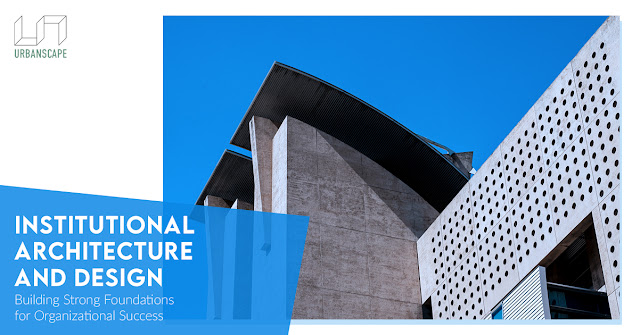Institutional Architecture and Design: Building Strong Foundations for Organizational Success
Why is Institutional Architecture Important?
Elements of Institutional Architecture
Institutional design architecture is composed of several key elements, each of which plays a crucial role in the overall functioning of an organization. Some of the key elements of institutional architecture include:
Policies and procedures: These provide guidance and direction for how the organization should operate.
Systems and technology: This includes the various systems and technologies that an organization uses to support its operations.
Organizational structure: This refers to the way that the organization is structured, including the roles and responsibilities of different departments and employees.
Culture and values: The values and culture of an organization play a significant role in shaping its institutional architecture.
The Importance of Institutional Design
Institutional design refers to the process of designing and shaping the institutional architecture of an organization. It involves creating the policies, procedures, systems, and structure that will support the goals and objectives of the organization. Institutional design is a critical process as it helps to ensure that the institutional architecture is aligned with the organization's mission, values, and goals.
Tips for Effective Institutional Design
Here are some tips for effective institutional design:
Start with a clear understanding of the organization's mission, values, and goals.
Involve key stakeholders in the design process.
Consider the organization's external environment, including its stakeholders and competitors.
Ensure that the institutional architecture is flexible enough to accommodate changes in the organization's external environment.
Continuously evaluate and refine the institutional architecture to ensure that it remains aligned with the organization's goals and objectives.
In conclusion, institutional architecture and design play a crucial role in the success of an organization. By creating a strong foundation of policies, procedures, systems, and structure, organizations can achieve their goals in a more efficient and effective manner. Best Architecture Firms require a clear understanding of the organization's mission, values, and goals, as well as an ongoing commitment to continuous improvement.

.jpg)

Comments
Post a Comment